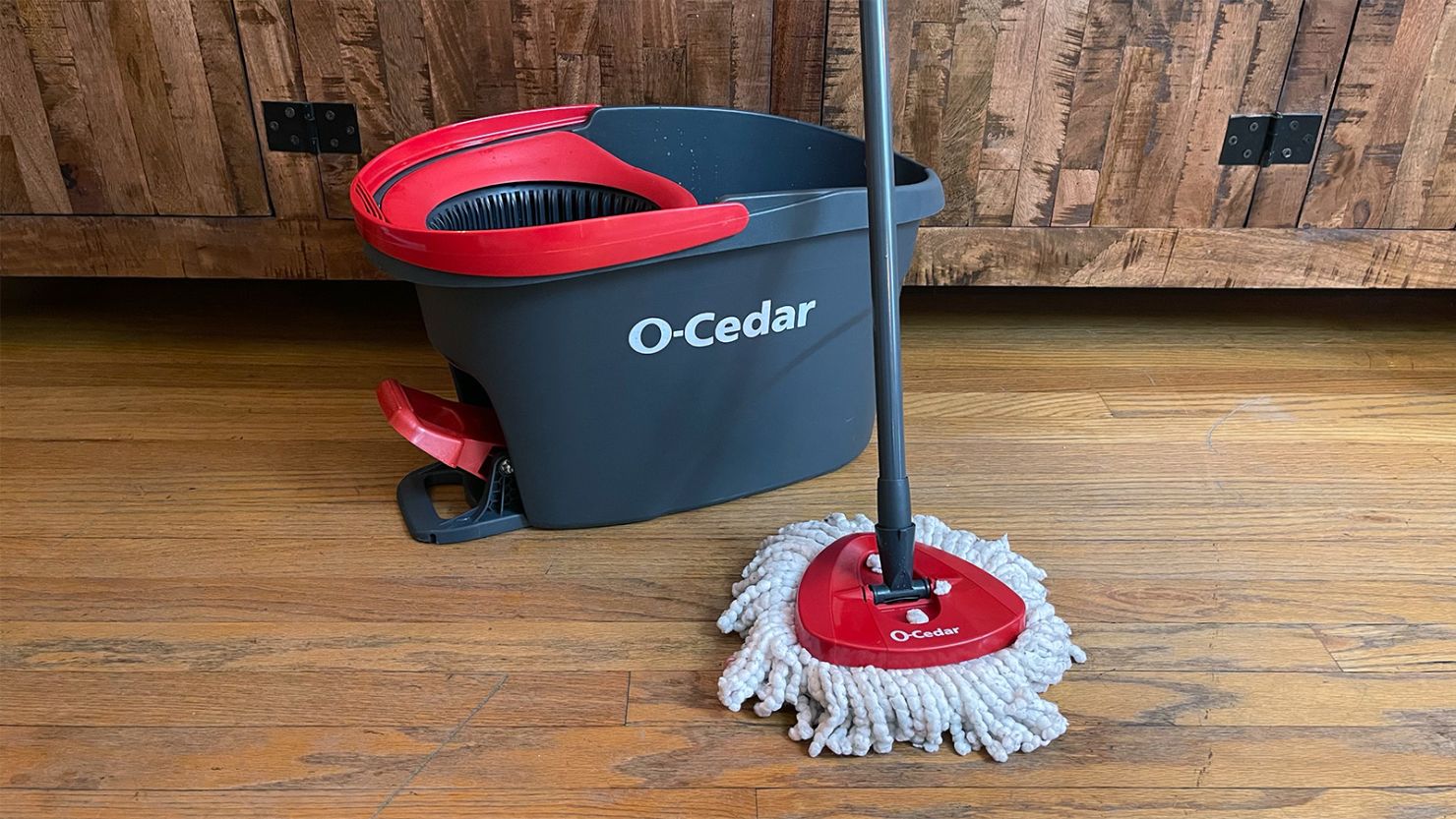Comprehending the Demand for Thoroughly Sanitizing and Sanitizing Often Touched Surface Areas in High-Traffic Locations
In the realm of public health and wellness and safety and security, the thorough sanitation and sanitization of regularly touched surfaces in high-traffic locations stand as critical measures in protecting against the spread of hazardous virus. The relevance of this practice expands far beyond mere tidiness, delving into the realm of illness avoidance and area health. By discovering the numerous facets of surface area sanitation, from the dangers related to ignoring cleansing protocols to the effective approaches that can be employed, a more clear understanding arises of the vital function these techniques play in guarding public health and wellness. As we browse this conversation, it comes to be apparent that the effects of detailed surface area disinfection reverberate not only within the confines of a certain atmosphere yet also reverberate on a more comprehensive range, influencing the health and wellness of people across varied communal settings.
Significance of Surface Disinfection
Stressing the extensive sanitation of high-traffic surface areas is essential in keeping a sanitary setting and preventing the spread of damaging pathogens. High-touch surface areas such as door deals with, light buttons, elevator switches, and countertops work as breeding premises for viruses and germs. Normal disinfection of these surface areas is vital to lower the risk of contamination and transmission of illnesses.
By applying a durable sanitation procedure, organizations and institutions can produce a much safer setting for employees, consumers, and site visitors. Correct surface area sanitation not just reduces the spread of contagious conditions but additionally infuses confidence in the sanitation and security of the facilities. This positive approach shows a commitment to health and health, which is specifically vital in high-traffic areas where the likelihood of direct exposure to microorganisms is enhanced.
Furthermore, surface area sanitation plays an important duty in general infection control techniques. Integrated with hand hygiene techniques, putting on masks, and maintaining physical distancing, complete disinfection of high-touch surface areas forms a detailed defense versus the transmission of hazardous microorganisms. Focusing on surface sanitation is a crucial component of an all natural method to health and wellness in shared rooms.
Risks of Overlooking Cleansing Practices
Overlooking thorough sanitation of high-traffic surface areas considerably increases the threat of bacterial and viral contamination, positioning a major hazard to the health and wellness and safety and security of individuals often visiting these rooms. Failing to apply proper cleaning methods can result in the buildup and spread of harmful virus, consisting of viruses and bacteria, on frequently touched surface areas such as doorknobs, hand rails, lift buttons, and counter tops.

Furthermore, disregarding the significance of extensive cleaning not just compromises the health of people but additionally threatens efforts to preserve a clean and sanitary atmosphere. It is essential to recognize the relevance of correct sanitation methods in avoiding the spread of infections and guarding public health and wellness.
Efficient Disinfection Techniques
To keep optimum cleanliness and minimize the danger of contamination on high-traffic surfaces, utilizing reliable disinfection methods is necessary. One of the most reliable and common disinfection methods is using chemical disinfectants.
An additional effective technique is using UV-C light. UV-C light has actually been shown to be effective in eliminating a wide variety of microorganisms by interrupting their DNA structure, thus avoiding them from duplicating. It is necessary to use UV-C light effectively, ensuring that the proper intensity and direct exposure time are used to achieve the wanted disinfection results.
In addition, utilizing vapor cleansing as a sanitation method can be extremely reliable, especially on surface areas that are heat-resistant. Vapor can permeate porous surface areas and kill microorganisms, infections, and other pathogens efficiently. When using steam cleaning, it is crucial to make sure that the surface area gets to the required temperature level for an adequate quantity of time to guarantee correct disinfection.
Effect On Public Wellness
The maintenance of high requirements of tidiness and disinfection on high-traffic surfaces plays a vital role in protecting public health and wellness. Frequently touched surface areas in locations with high step, such as doorknobs, hand rails, lift switches, and restroom centers, act as reproducing premises for dangerous pathogens. Falling short to properly decontaminate these surfaces can lead to the fast spread of contagious conditions within communities. By executing comprehensive sanitation procedures, the threat of transmission of infections, microorganisms, and various other germs can be dramatically reduced.
In high-traffic locations like airport terminals, schools, health centers, and public transport systems, the effect of strenuous disinfection procedures can not be downplayed. Focusing on the sanitization of frequently touched surfaces is a proactive technique to promoting public health and enhancing the security of people in common areas.
Implementing Routine Cleaning Protocols
Without delay setting up and sticking to a constant schedule of cleaning methods is paramount for preserving the cleanliness and safety and security of high-traffic surfaces. Routine cleaning protocols are important in preventing the accumulation of germs and virus on frequently touched surfaces, particularly in areas with high foot traffic. By carrying out an organized method to cleansing, companies can successfully reduce the danger of condition transmission and create a much healthier environment for workers, clients, and the general public.
To establish an efficient cleaning timetable, it is vital to identify high-traffic areas that require regular focus. These areas might include doorknobs, hand rails, elevator buttons, toilet facilities, and common devices. Implementing a routine cleaning routine that targets these surfaces several times a day can dramatically minimize the spread of dangerous bacteria and viruses.
In addition, using proper cleaner and anti-bacterials is essential to making sure that Vacuum Carpets surfaces are thoroughly sterilized. Routine training of cleansing staff on appropriate cleansing techniques and the value of adherence to the cleaning routine is also important in maintaining a sanitary setting. By focusing on constant cleansing methods, companies can advertise the health and wellness of individuals that connect with these high-traffic surface areas.

Final Thought
In verdict, it is vital to prioritize detailed disinfection and sanitization of regularly touched surface areas in high-traffic locations to prevent the spread of dangerous virus and preserve public health. It is necessary to recognize the significance of keeping tidy surface areas in high-traffic locations to guarantee the well-being of the area.
In the world of public wellness and safety and security, the careful disinfection and sanitization of regularly touched surface areas in high-traffic areas stand as paramount actions in protecting against the spread of damaging microorganisms. By exploring the different facets of surface sanitation, from the dangers connected with disregarding cleansing methods to the efficient methods that can be utilized, a more clear understanding emerges of the essential role these practices play in guarding public health and wellness.In addition, utilizing steam cleaning as a disinfection technique can be very effective, particularly on surfaces that are heat-resistant. When utilizing vapor cleaning, it is important to guarantee that the surface area reaches the needed temperature level for an adequate amount of time to guarantee appropriate sanitation.
In conclusion, it is vital to focus on complete disinfection and sanitization of often touched surface areas in high-traffic areas to avoid the spread of dangerous pathogens and keep public wellness.